Also by James Perloff:
The Shadows of Power: The Council on Foreign Relations and the American Decline (1988)
Tornado in a Junkyard: The Relentless Myth of Darwinism (1999)
The Case against Darwin: Why the Evidence Should Be Examined (2002)
Freedom Shall Return (2003) (music CD)
Copyright 2013 by James Perloff
Published by Refuge Books, 25 South Bedford Street, Burlington MA 01803
My people perish for lack of knowledge. Hosea 4:6
CONTENTS
APPENDICES
I.
II.
III.
IV.
V.
VI.
The original title of this book was to be How Satan Rules in the World . However, I was advised that this would hamper the books sales. Our secular world discounts the existence of Satan, just as it does God, claiming that these were beings dreamed up by primitive cultures. If by Satan one means a cartoon character with horns and a pitchfork, Id agree. However, at least the reality of evil is acknowledged by most people, except for a handful of extreme relativists (those who might say nothing not even machine-gunning a group of children could be called evil, since morality is a matter of opinion).
The Bible views Satan as a real being, Gods chief enemy, who has played a major hand in generating evil throughout history, usually through deception. Truth Is a Lonely Warrior contends that Satan influences global events, and that among his instruments is a powerful organization of men on Earth. This organization has fomented many wars, revolutions and other cataclysms of the past several centuries. Their ultimate goal: establish a world government run by Satans puppet a figure the Bible calls the beast or Antichrist. However silly that might sound right now, I ask that you read on, as we view history in a way that will contradict, in many ways, the accounts presented in mainstream media.
 Hold on, dude! Red flag! Not presented in the mainstream media? That basically translates to: youre a whack job !
Hold on, dude! Red flag! Not presented in the mainstream media? That basically translates to: youre a whack job !
This book will make the case that this organization is so powerful that it controls most of the major media, and therefore can keep both its agenda and its very existence unknown.
 So we add paranoid conspiracy theorist to your resum. Um in fact, lets make that ultra -paranoid.
So we add paranoid conspiracy theorist to your resum. Um in fact, lets make that ultra -paranoid.
By the way, this little fellow  is Marvin, my critic. Marvin serves to occasionally present common objections from both liberal and conservative viewpoints to what this book says.
is Marvin, my critic. Marvin serves to occasionally present common objections from both liberal and conservative viewpoints to what this book says.
 Yeah, right! Like readers of this book are r-e-eally gonna get a fair hearing from me when you , Perloff, are actually putting words in my mouth like a ventriloquists dummy! Lets face it, Im nothing but a straw man youre gonna set me up to lose all the arguments, right?
Yeah, right! Like readers of this book are r-e-eally gonna get a fair hearing from me when you , Perloff, are actually putting words in my mouth like a ventriloquists dummy! Lets face it, Im nothing but a straw man youre gonna set me up to lose all the arguments, right?
Thats still a better deal than lots of books give people, Marvin, so clam it for a while, huh? Now I realize Marvin may seem like a frivolous distraction to some of you, so Ill limit his interruptions.
This book will examine history in a way some of you have never heard it told before. For now, all I ask is that you read with an open mind.
Note: Due to the transient nature of the Internet, it is predictable that some hyperlinks will eventually not be working after this books publication. In such cases, please use Web search engines to locate the subject matter discussed.
Pearl Harbor
We begin with one of the most tragic events in American history. On December 7, 1941, the Japanese navy attacked the United States fleet at Pearl Harbor in Hawaii, sinking or heavily damaging 18 naval vessels (including eight battleships), destroying 188 planes, and leaving over 2,000 Americans dead. This, of course, was the event that propelled America into World War II.
After the shocking news, a question plagued Americans: How could this disaster have happened to our country? Why were we caught off guard?
President Franklin D. Roosevelt appointed a commission to answer this question. Called the Roberts Commission, it was headed by Owen Roberts, a Supreme Court justice friendly with Roosevelt. Also appointed: Major General Frank McCoy, a close friend of Army Chief of Staff George Marshall; Brigadier General Joseph McNarney, a member of Marshall's staff chosen on his suggestion; and retired Rear Admiral Joseph Reeves, whom Roosevelt had given a job in Lend-Lease. Admiral William Standley was the only member who seemed to lack close ties to the Washington Establishment.
The Commission conducted two days of hearings in Washington and 19 in Hawaii. Its report declared that Washington officials had discharged their duties in an exemplary fashion. The fault for Pearl Harbor, it concluded, lay with our commanders in Hawaii: Admiral Husband Kimmel, commander of the Pacific Fleet, and General Walter C. Short, the Army commander in Hawaii. It alleged these men had failed to take adequate defensive measures and surveillance of the waters surrounding Pearl Harbor. Kimmel and Short were relieved of their duties. The words dereliction of duty were emblazoned on headlines across the country. The two were inundated with hate mail and received death threats. It was claimed their neglect had caused the deaths of thousands of Americans. Some members of Congress said the pair should be shot.
Kimmel and Short, however, protested the findings of the Roberts Commission, which they viewed as a kangaroo court. Roberts had run an unusual hearing initially, evidence was heard without being recorded, and statements not made under oath. Kimmel and Short were denied the right to ask questions, cross-examine witnesses, or have fellow officers present to serve as legal counsel. They also found that the Commissions report omitted significant testimony.
Members of Congress demanded that they be court-martialed which was exactly what the two officers wanted: to resolve the issue of Pearl Harbor in a bona fide courtroom, using established rules of evidence, instead of Owen Robertss personal methods. Courts-martial, however, were feared by the Roosevelt administration, which had secrets concerning Pearl Harbor it wished to conceal. Therefore, it was announced, courts-martial would be held, but delayed until such time as the public interest and safety would permit. Roosevelt knew that, if three years elapsed, the statute of limitations would expire, and Kimmel and Short could no longer be required to face court-martial.
However, the two officers waived the statute of limitations, and in June 1944 a Congressional resolution mandated the trials. That August, the Navy Court of Inquiry and Army Pearl Harbor Board convened.
At these proceedings, the attorneys for Kimmel and Short presented undeniable proof that Washington had complete foreknowledge of the Pearl Harbor attack, but had withheld this information from the commanders in Hawaii. As the evidence was presented at the Navy Court of Inquiry, two of the admirals, including chairman Oran Murfin, flung their pencils on the floor in outrage. The court exonerated Admiral Kimmel of all charges and laid the blame squarely on Washington. The Army Pearl Harbor Board also concluded that Washington had full foreknowledge of the attack. Its report closed with these words: Up to the morning of December 7, 1941, everything that the Japanese were planning to do was known to the United States.
The American people had reacted with wrath when Kimmel and Short were condemned by the Roberts Commission. How do you suppose they responded to this reversal? The answer: they didnt respond, because the Roosevelt administration ordered that the trial verdicts be made confidential. The public remained in the dark.


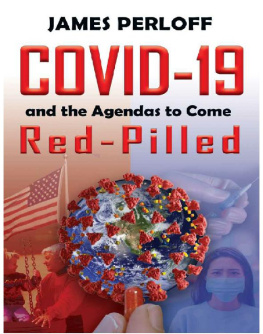
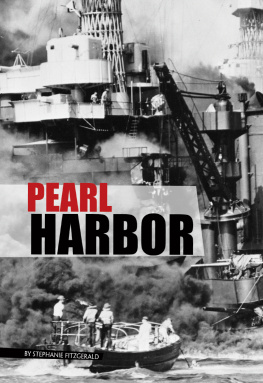
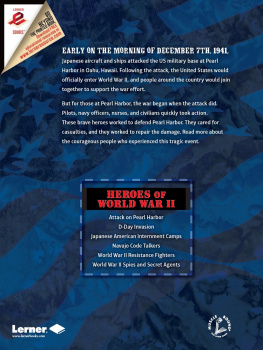
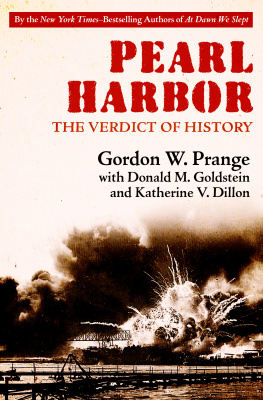
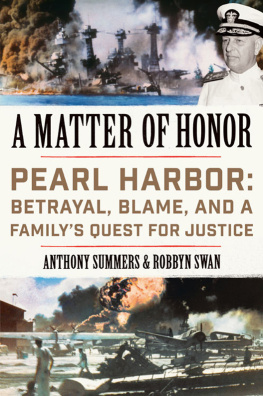

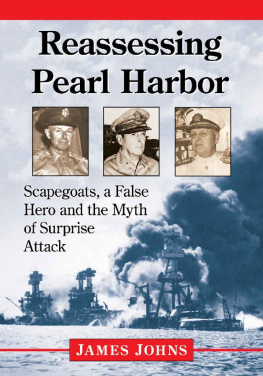
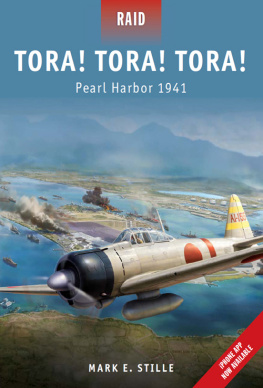
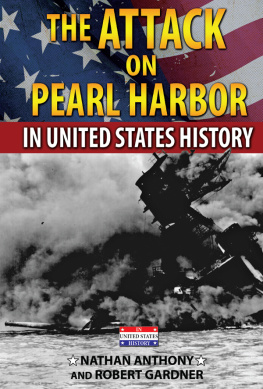


 Hold on, dude! Red flag! Not presented in the mainstream media? That basically translates to: youre a whack job !
Hold on, dude! Red flag! Not presented in the mainstream media? That basically translates to: youre a whack job ! So we add paranoid conspiracy theorist to your resum. Um in fact, lets make that ultra -paranoid.
So we add paranoid conspiracy theorist to your resum. Um in fact, lets make that ultra -paranoid. Yeah, right! Like readers of this book are r-e-eally gonna get a fair hearing from me when you , Perloff, are actually putting words in my mouth like a ventriloquists dummy! Lets face it, Im nothing but a straw man youre gonna set me up to lose all the arguments, right?
Yeah, right! Like readers of this book are r-e-eally gonna get a fair hearing from me when you , Perloff, are actually putting words in my mouth like a ventriloquists dummy! Lets face it, Im nothing but a straw man youre gonna set me up to lose all the arguments, right?